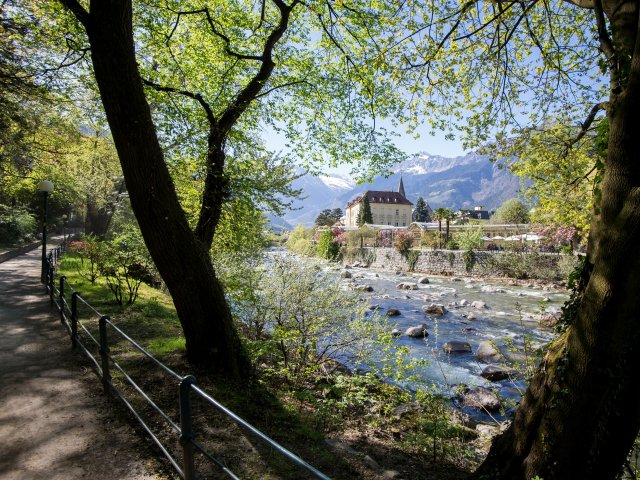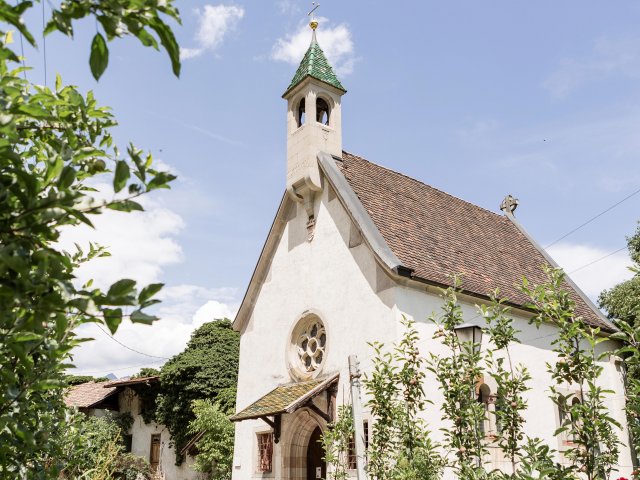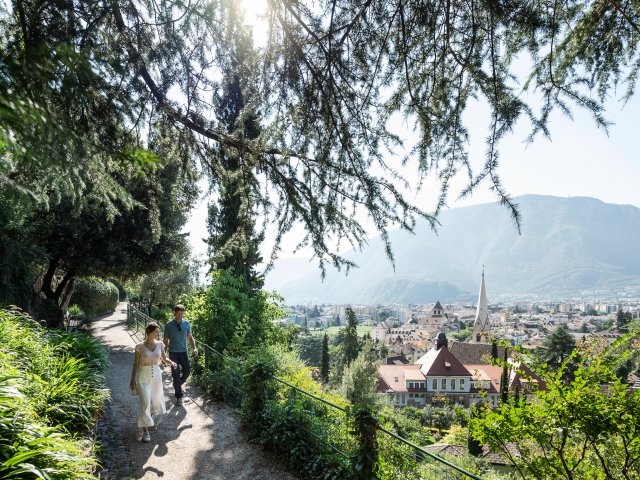Sophisticated, cosmopolitan and self-reliant: some twenty minutes' drive from Merano lies Bolzano, the capital of South Tyrol. Where the largest rivers in South Tyrol meet beats the heart of a mini metropolis, which has been regarded as a meeting place since time began. This trading city at the centre of Europe has been seen throughout history as at the point of exchange between north and south.
From Aperol Spritz to Bozner beer
Every nook and cranny in Bolzano exudes the flair of the South and the charm of the Alps. It has the spacious squares and tiny alleys typical of Italian towns, marked by architecture, which in places recalls the regions north of the Brennero and at the same time relates the history of a whole millennium as it happened here. In the old alleys the aromas of South Tyrol specialities and the scent of pizza and oriental spices waft from the kitchens of the many restaurants and bars. Whereas some devote themselves to the popular tradition of an aperitif, others are already announcing traditional evening meals or Bozner beer.
The more colourful, the better
In Bolzano languages mix and mingle, contrasts go hand in hand. Culture-vultures queue to meet Ötzi face to face, while behind them fruit, flowers, vegetables and spices light up the colourful fruit market. The Christkindl Market sells traditional produce and mulled wine and in the form of a huge monument the minstrel, Walter von der Vogelweide looks on. At certain times the streets are totally blocked, especially in the most popular allays around the pergola area, the fruit marketplace and Museumstraße. The centre of Bolzano with its shops and rest stops has remained to this day the hub of the town for its always smartly-dressed inhabitants, who reach their destinations efficiently on foot or by bicycle. The extensive green areas in the heart of the town, redolent of open space and peace and quiet offer a contrast to the cobblestones and walls of the narrow winding alleys. They offer regeneration and lovely hours of sunshine for large and small, young and old. And of course, visitors are drawn in by the countless attractions and excursions around Bolzano, most of which can be easily reached by the cable cars.



